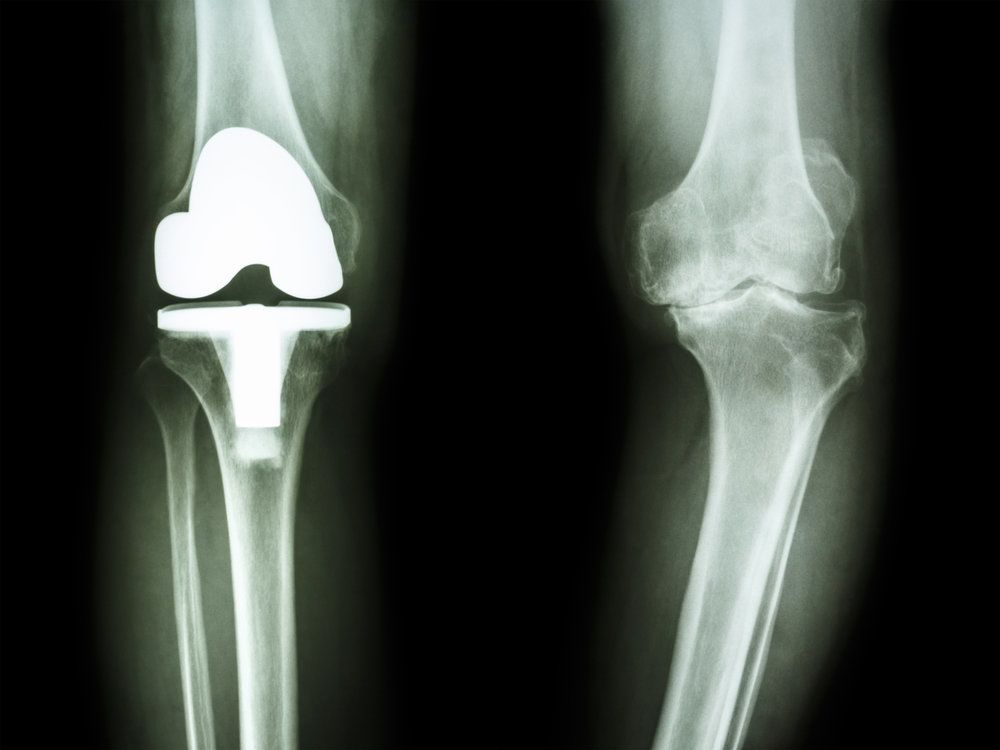
Joint pain can limit your mobility and reduce your quality of life. Restorative procedures, like knee and hip surgery, can alleviate pain, increase your mobility, and enhance your quality of life.
At Orthopaedic Specialists of Austin, our team has decades of experience replacing and reconstructing joints. Using advanced technology and contemporary techniques, we can help you fight the pain and reclaim your life.
Knee joints are susceptible to damage and injury, but knee reconstruction can improve joint mobility, health, and comfort. Here, our Austin, TX, orthopaedic surgeons discuss common knee reconstruction procedures, candidacy, and the rehabilitation process.
Types of Knee Reconstruction
Our hip and knee specialist, Dr. Gregory E. Catlett Jr., specializes in two types of knee reconstruction:
- Anterior cruciate ligament (ACL) reconstruction
- Total knee replacements
A thorough exam will tell Dr. Catlett the nature and extent of your joint injury. He will use this information to explore your candidacy for knee reconstruction or knee replacement.
Exploring Candidacy
In general, patients who have completely torn their ACLs are ideal candidates for knee reconstruction. Other candidates may include:
- Patients who have not benefited from physical therapy
- Patients with noticeable knee instability
- Patients with partial tears that won't heal
- Athletes or patients with active jobs
Some patients may have intact ACLs, but still experience severe pain, significantly limited joint mobility, or advanced arthritis. These patients are better candidates for a total knee replacement.
Regardless of which procedure you need, candidates should be in good health before pursuing surgical intervention.
ACL Reconstruction: Procedure
Using arthroscopic techniques, Dr. Catlett can rebuild the ACL from the patient's own tissue or from donor tissue. Dr. Catlett ensures his patients' comfort by performing ACL reconstruction while they are under anesthesia and sedation.
Using a tiny camera, Dr. Catlett locates the torn ligament and carefully removes it through a small incision. Next, he creates tunnels in the surrounding bone tissue to thread the new ligament through. After putting the new ligament in place, he secures it with small screws.
ACL Reconstruction: Rehabilitation
Patients must perform their prescribed exercises daily to encourage proper healing and limit postoperative complications. With consistent effort, many patients can return to their usual activities, like driving, within a couple of weeks.
High impact activities, like running, may take up to six months to achieve. Regular physical therapy sessions, however, are integral to the healing process and can encourage a speedy recovery.
Knee Replacement: Procedure
Dr. Catlett starts the knee replacement procedure by administering anesthesia and sedatives to the patient before making an incision along the knee joint. Then, he removes the worn or damaged cartilage along with some tissue from the femur and tibia.
Next, he inserts a metal replacement joint and an antibiotic spacer. Dr. Catlett secures the new joint in place using a strong bone cement before closing the incision.
Knee Replacement: Rehabilitation
After a knee replacement, patients have a brief hospital stay before being cleared to go home. Over the next four to six weeks, patients conduct daily exercises at home, attend regular physical therapy sessions, and use a walker or cane for extra stability. After three months, patients can try exploring low-impact activities, like golfing or biking.
Schedule a Knee Reconstruction Consultation
Don't let joint pain break your stride. Schedule a consultation at Orthopaedic Specialists of Austin today. Patients can send us a message or call our Austin office at (512) 476-2830.
